Nara Park is a public park in Japan that is famous for its population of wild deer scattered and freely roaming around the park. This is one of the reasons why this park is full of tourists, local and foreign. It is one of the oldest parks in Japan, established in 1880. It is located at the foot of Mount Wakakusa.
The park covers 660 hectares in total including the grounds of Todai-ji, Kofuku-ji, and Kasuga Shrine. so, prepare yourself to do a lot of walking here.
Things to do inside Nara Deer Park
1. An up close and personal encounter with deer
Just five minutes from Nara Station, we met and were greeted by the deer at the park as if they are expecting us. The Nara deer are used to the presence of tourists as they are polite and learned to bow for a treat. Be careful because you might get hit by their antlers when they bow.
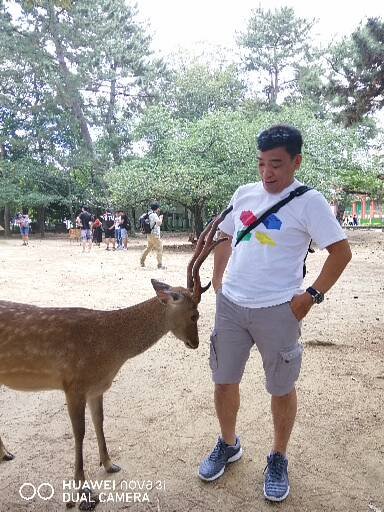
Nara Park houses over 1,200 Shika deer free roaming around the park. They are under the designation of the Ministry of Education, Culture, Sports, Science and Technology (MEXT), and are considered natural treasures.
While some deer are aggressive, most of them are tame and ready to pose for a photo with the visitors.
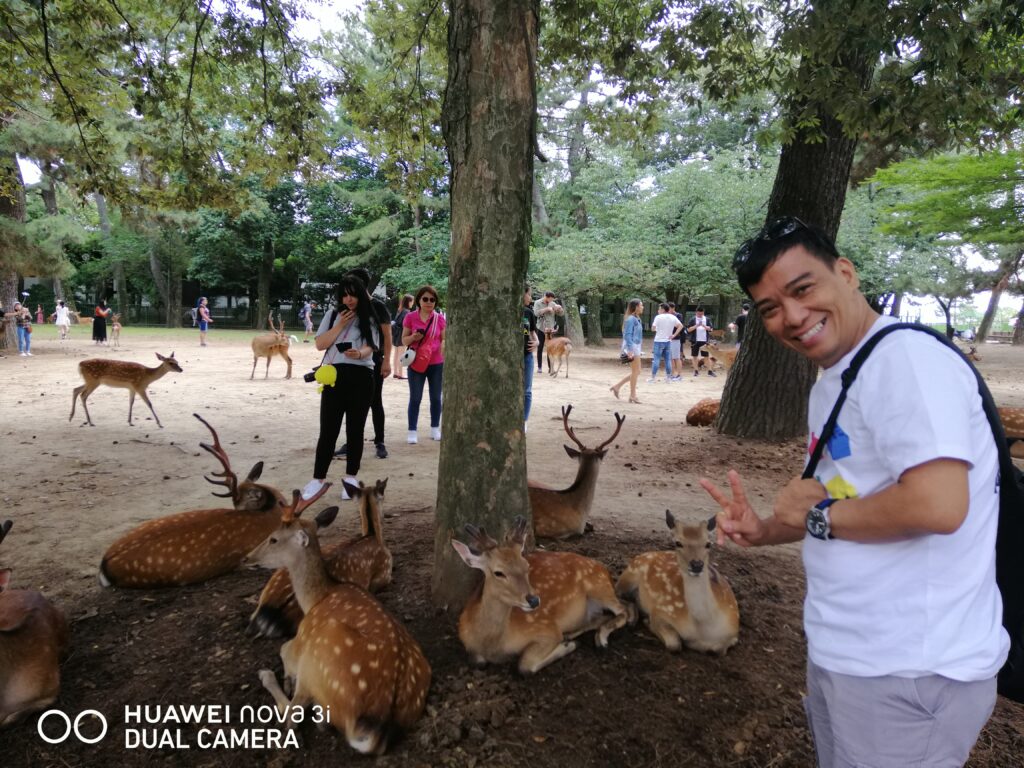
Hanging around with these creatures is one of the rare moments to be cherished.
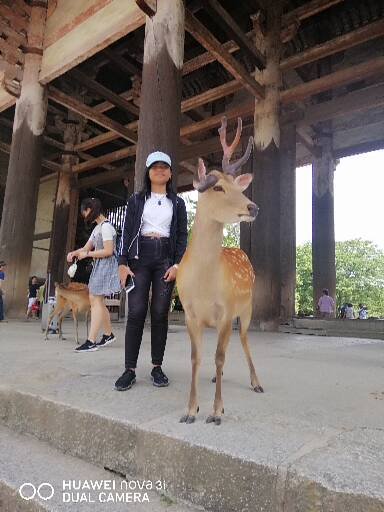
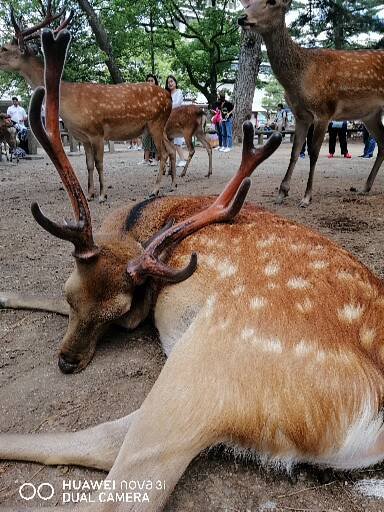
Feeding the deer
Shika-senbei, a special rice cracker is selling at ¥ 150 per pack (10 crackers) and can be purchased all around the park. When a deer bowed, they surely asked for food. Be careful feeding them; there are signs written in English and Japanese warning tourists that there’s a tendency to bite, kick and headbutt humans when provoked so better safe than sorry. Also, be careful with your belongings they tend to bite your things in search of food. Once you finished feeding them, just leave quietly because if you run, they can go wild and run after you thinking you still have something tasty.
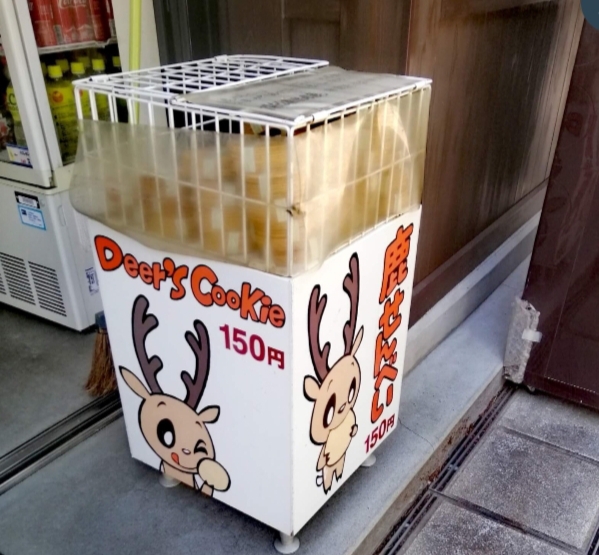
2. Have a souvenir photo at Kohfuku-ji Temples and Halls
Established in 669, Kohfuku-ji is one of the Seven Great Temples in the city of Nara.
No entrance fee is required at the grounds of the Kohfuku-ji Temples but there are three areas that require paying an entrance fee: the Golden Central Hall, the Eastern Golden Hall, and Kohfuku-ji’s National Treasure Museum. Since there’s not much to do here we prefer to go around the area. We were impressed by the architectural designs of each temple.
The five-storied Pagoda was constructed by Empress Komyoh in 730. The current building restoration was completed in 1426 and is the second-highest pagoda in Japan. Inside the structure on the first level, enshrined around the central pillar are a Yakushi triad (to the east), A Shaka triad (to the south), an Amida triad (to the west), and a Miroku triad (to the north).
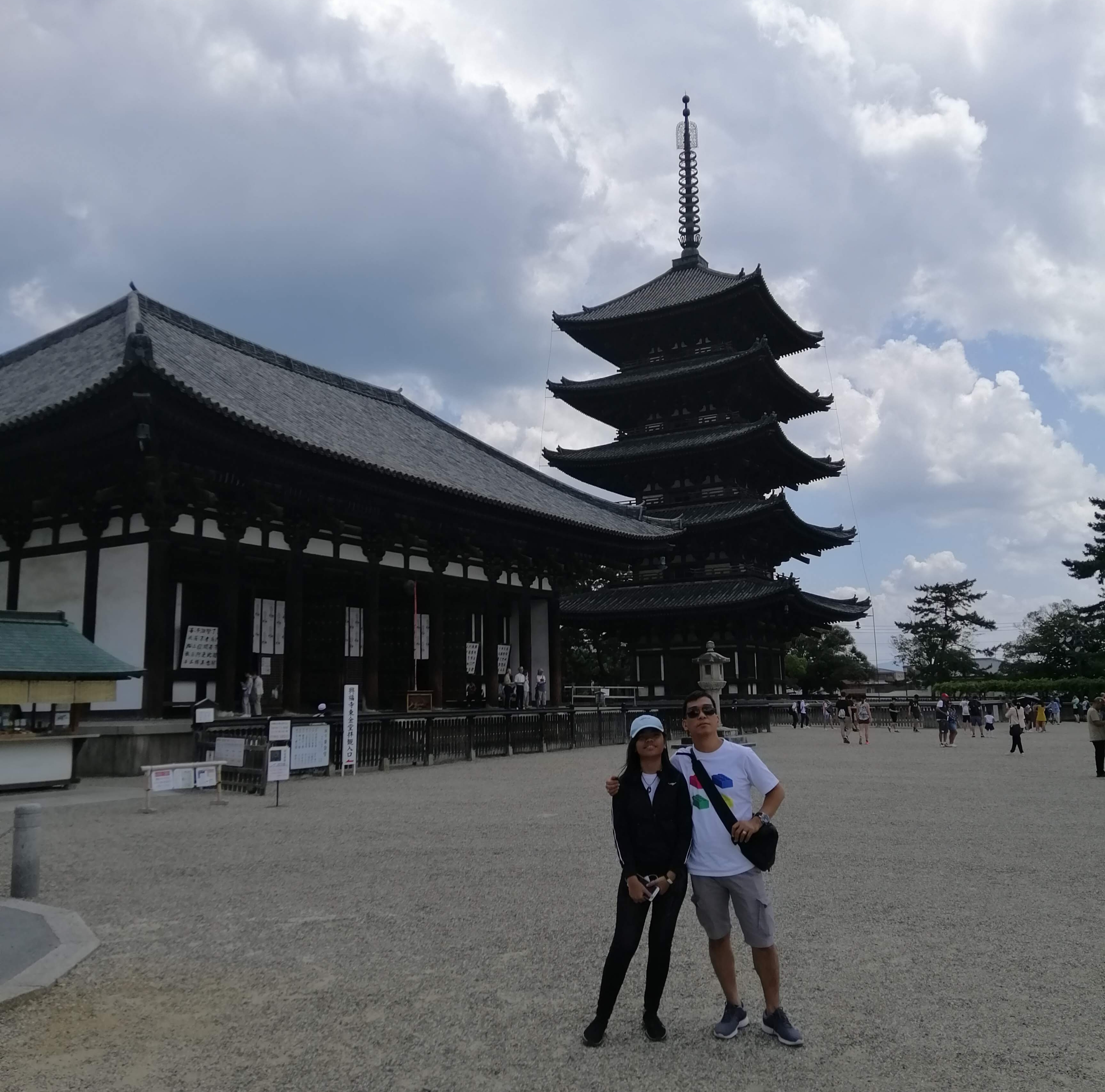
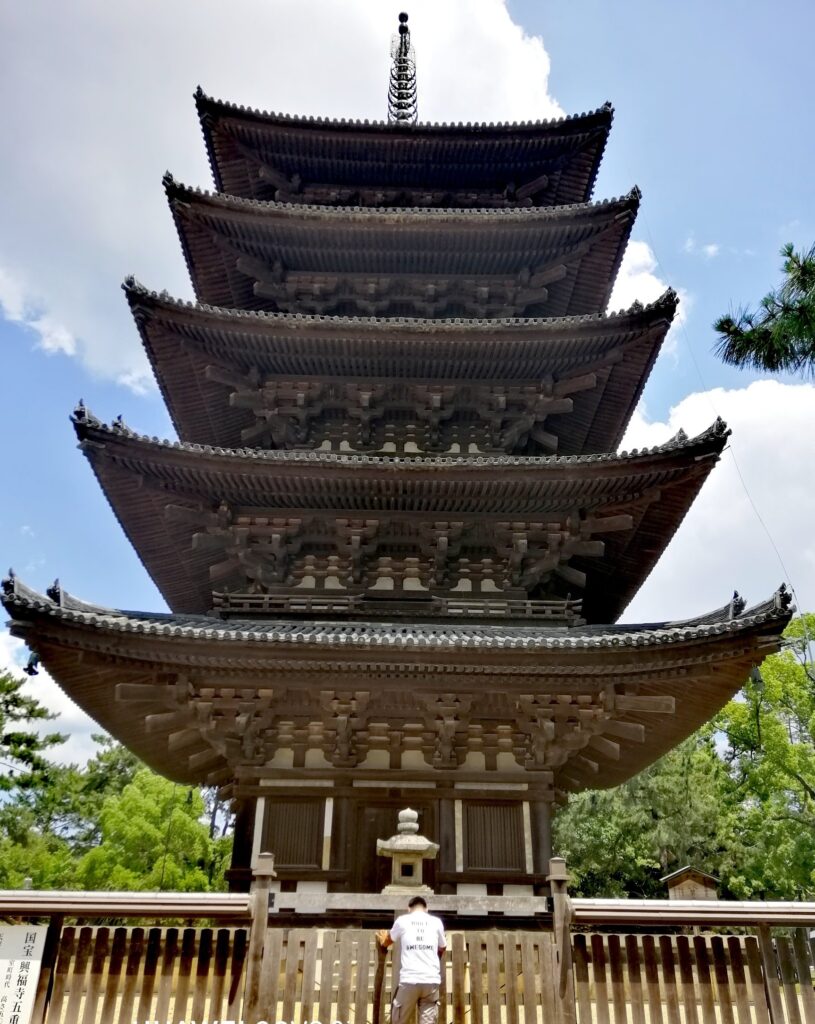
The Octagonal halls were created in woods by Buddhist monks. The unusual shape of these halls made them popular
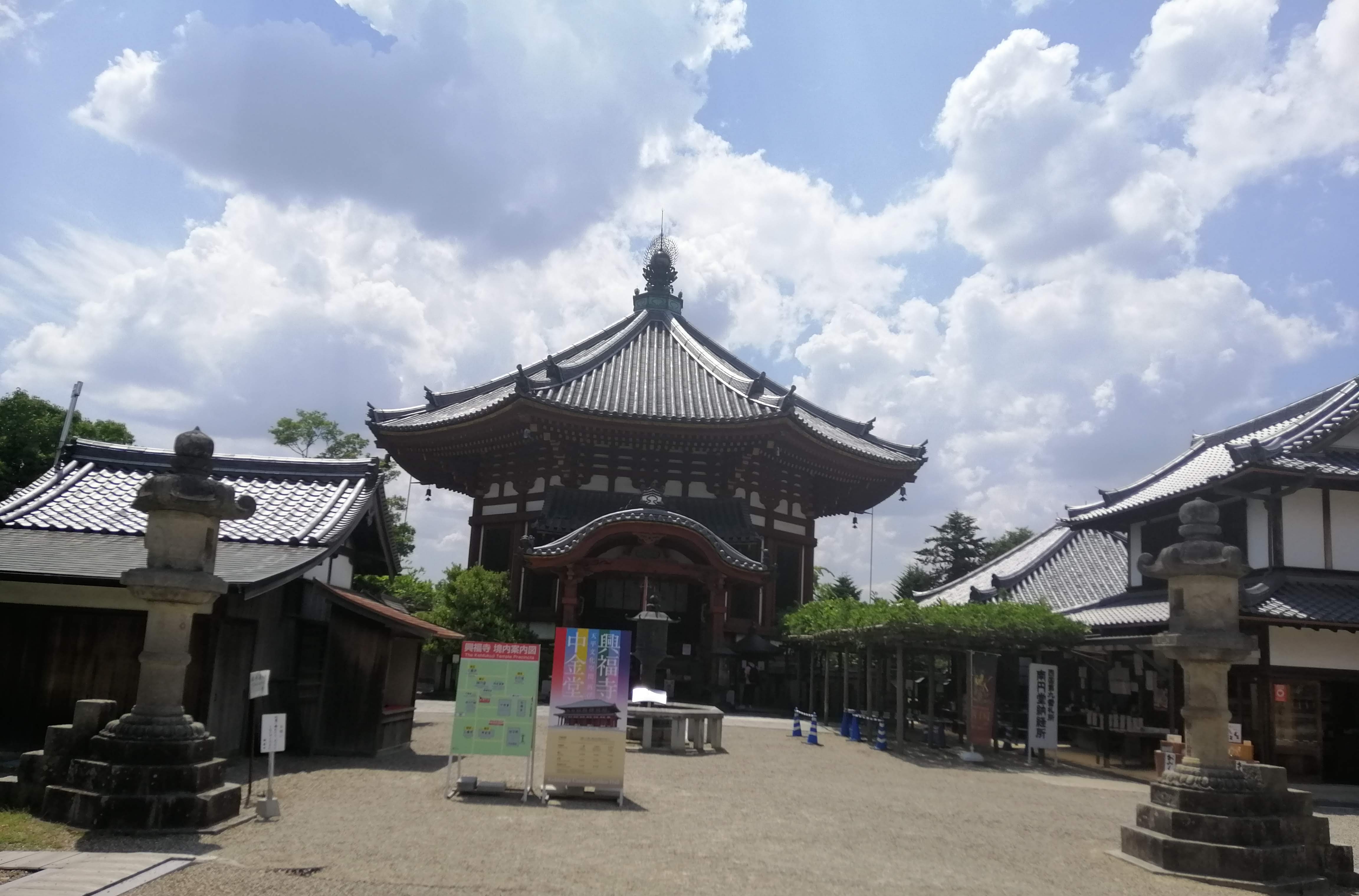
Golden Central Hall was destroyed by fire in 1717 and is now finally restored to its original beauty after 300 years.
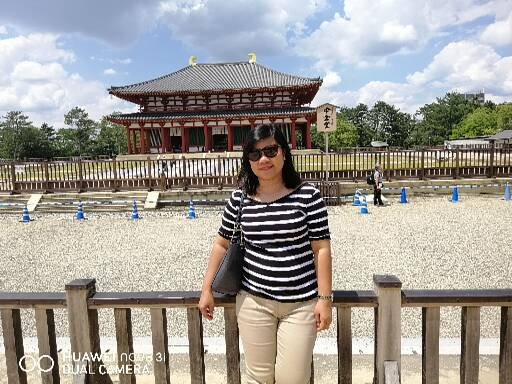
Kohfuku-ji Central Golden Hall operating hours and admission fee
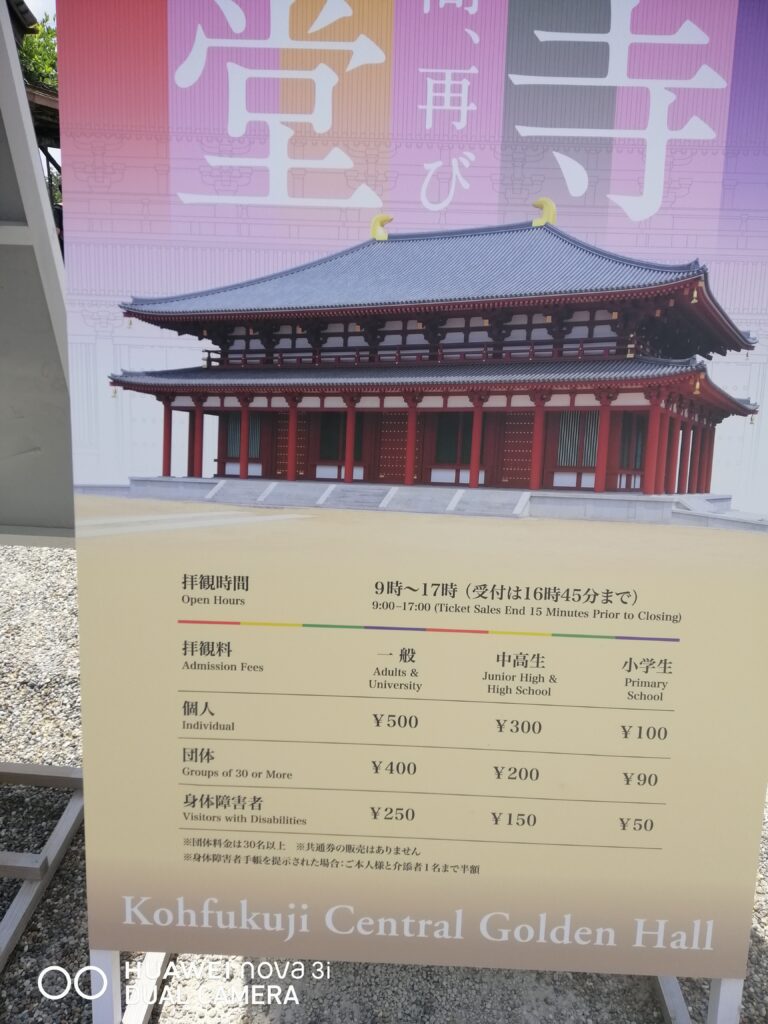
3. Visit the Todai-ji Temple
Todai-ji Temple is Nara’s most popular tourist attraction and a UNESCO World Heritage Site.
The Todaiji’s ground is spacious and is surrounded by lush greens. A delightful sight for nature lovers.
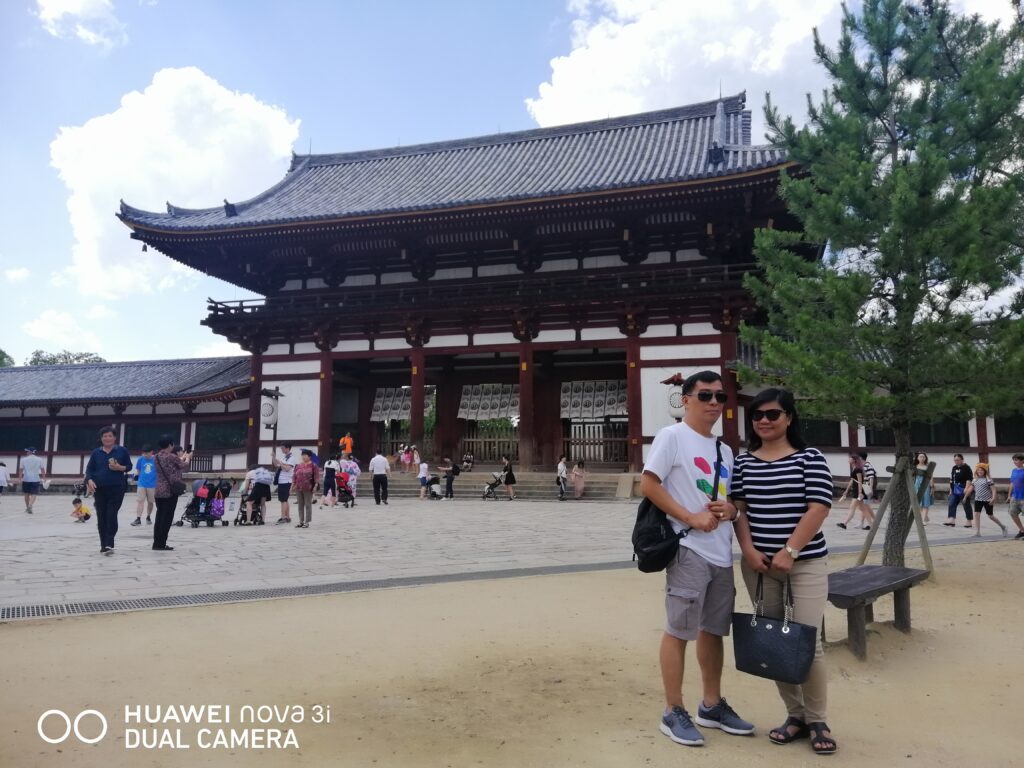
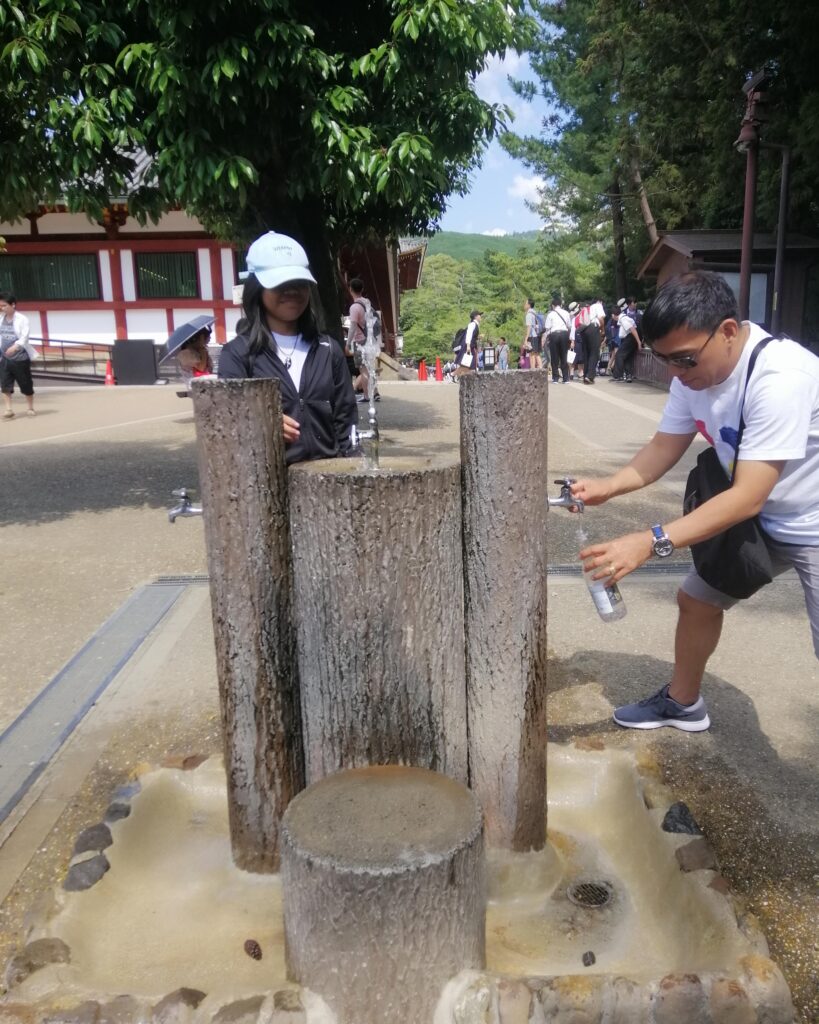
Daibutsuden (Great Buddha Hall) held the record of the world’s largest wooden building. The large building houses one of Japan’s largest bronze statues of Buddha. The admission fee is ¥900.

Traveling to Nara is part of our seven-day itinerary when we visited Japan last June 18 to 25, 2019. From Kyoto Station, where we used the JR Nara Line. The trip lasted for about one hour and costs us ¥ 710 for each pax.
We used Google Maps during our trip and so far it was accurate.
Note for budget-conscious travelers:
- There are cheap yet tasty eats at local convenience stores like Lawson, Family Mart, and 7 eleven near the Nara station.
- You may skip other temples and museums especially if it requires an entrance fee.
- Plan ahead to maximize your day trip
Feeding those deer at Nara Park is really fun. It made our trip unforgettable.
Thank you again for reading!
God bless always❤️
Pingback: Japan Tourist Visa Requirements for Filipinos – mysallyonline Travel. Eat. Write